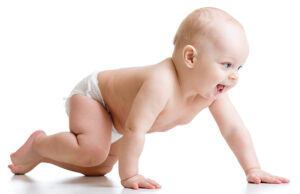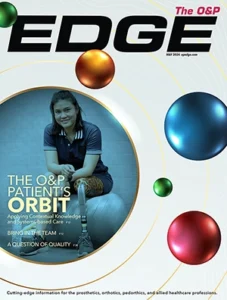You might have heard the sage advice given to those struggling through a long process before achieving a lofty goal: You must learn to crawl before you can walk. The meaning is simple: Master the fundamentals first, endure the process of development, and you will be rewarded.

Support authors and subscribe to content
This is premium stuff. Subscribe to read the entire article.
Login if you have purchased





